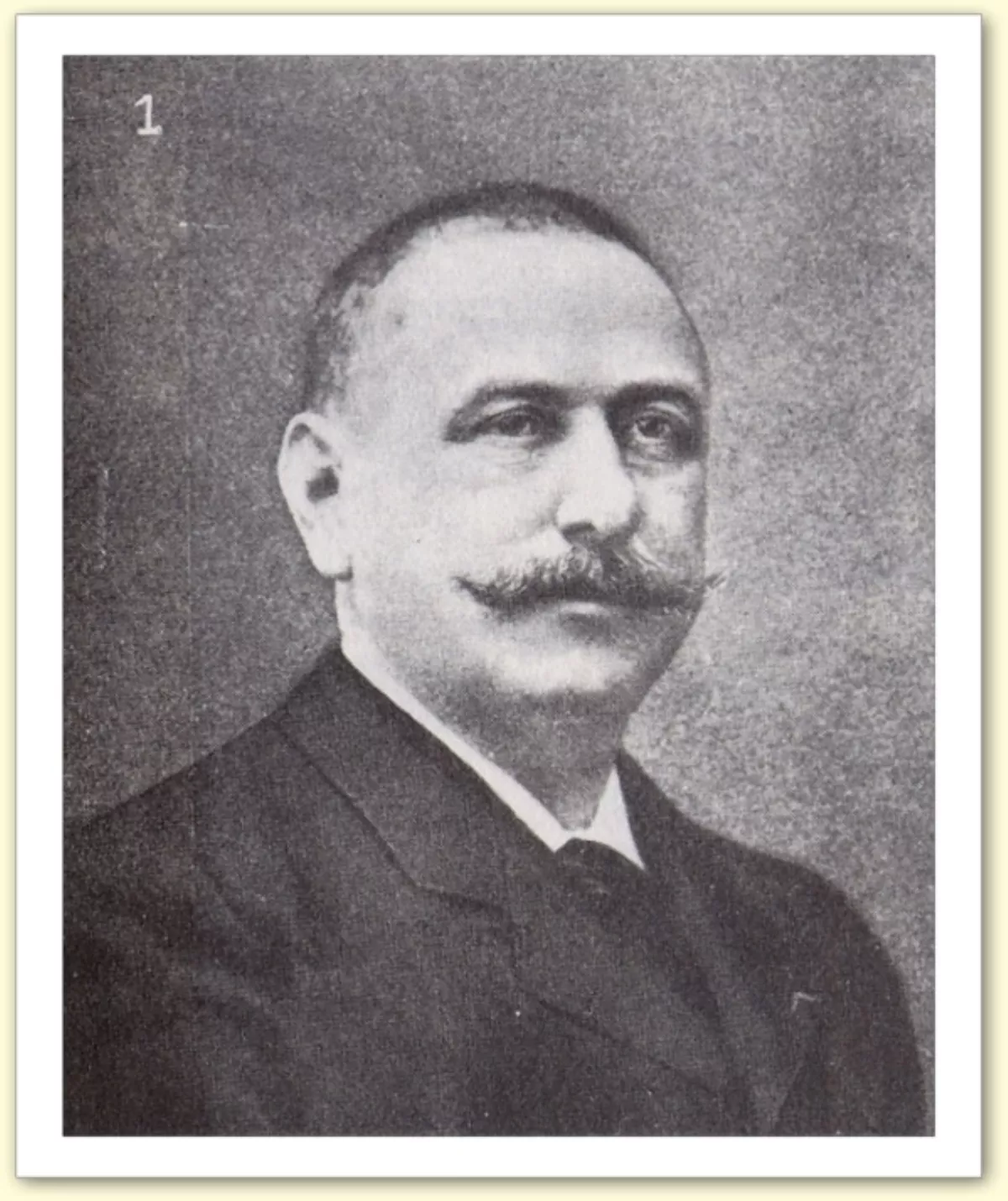 1.
1. Pierre Giffard served as the editor of Le Petit Journal and then the sports daily Le Velo, where his passionate support for Alfred Dreyfus and thus his opposition to the car-maker Comte Jules-Albert de Dion over the whole Dreyfus affair led de Dion to create a rival daily, L'Auto, which in turn created the Tour de France cycle race.